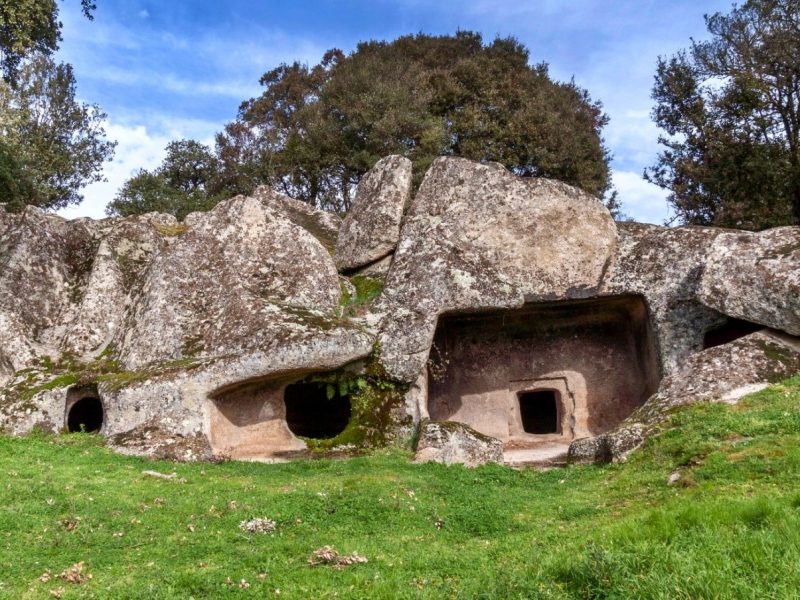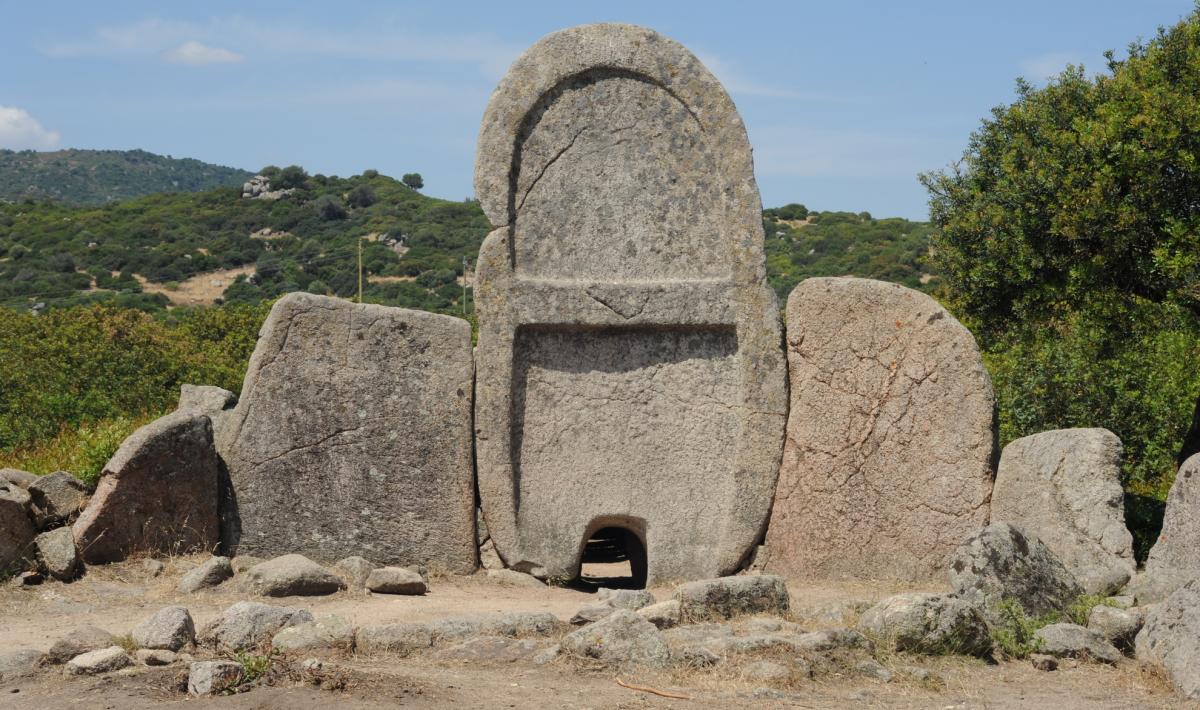Journey to the heart archaeological of Sardinia: a dive into the archaeological sites the island's most fascinating
Sardinia is not only crystal-clear sea and picture-postcard beaches. The island guards a archaeological heritage unique in the world, recounting millennia of history and mysteries linked to ancient civilisations and cultures that have now disappeared. From nuragic civilisation to pre-Nuragic villages, from menhir at sacred wellsevery stone and every monument has a story to tell. In this article we will explore the archaeological sites in Sardinia most fascinating, discovering curiosities, legends and tips for experiencing a journey between past and present. If you love history, culture and archaeology, this guide is the ideal starting point for absolutely visit places that will leave you breathless.
What are the most important monuments archaeological of Sardinia?
When it comes to archaeological monuments in Sardinia, thoughts immediately turn to the nuraghistone towers dating back to theNuragic Age that dot the landscape with over 7000 specimens present throughout the island. Among them, the Nuraxi of Barumini, declared UNESCO heritagerepresents the most impressive and best-preserved example. Sardinia is also rich in nuragic complexes as the Nuraghe Arrubiu in Orroli, famous for its circular layout and red walls, and the Santu Antine of Torralba, nicknamed 'the stone giant'.
But the sites of interest are not limited to nuraghi. The domus de janasancient rock-cut tombs, and the tombs of giants such as those of Arzachena and Paulilatino offer a fascinating insight into the spirituality and beliefs of the time. These places, often surrounded by nature, offer an atmosphere suspended in time.
Because the nuragic civilisation is that important?
La nuragic civilisation developed in Sardinia between 1800 and 500 B.C., leaving indelible traces on the territory and in the history of Sardinia. The nuragic buildings were not only defensive structures, but also social, religious and economic centres. The complexity of the buildings, with towers, courtyards and storehouses, demonstrates advanced knowledge in architecture and social organisation.
In addition to the nuragic villages, l'archaeology in Sardinia also reveals the presence of nuragic sourcesrelated to the cult of water, such as the sacred well of St. Christina in Paulilatino, a perfect example of harmony between engineering and spirituality. Here, the precision with which the blocks were laid leaves even the most experienced scholars speechless.
What are the domus de janas and where to find them?
Le domus de janasalso called 'fairy houses', are collective tombs dating back to the Neolithic period, carved directly into the rock. Spread throughout the island, from Sedini to Dorgali, they represent one of Sardinia's most fascinating treasures. pre-Nuragic. Some of these burial caves still preserve traces of paintings and engravings.
Particularly striking are the fairy houses of Sedini, carved inside a single monolith, and those of Mores, which overlook breathtaking landscapes. Visiting them means coming into direct contact with ancient rituals and traditions.

What is the charm of the sacred wells?
I sacred wells are one of the most striking examples of architecture nuragic. Used for ceremonies related to the water worshipthese places fascinate with their geometric precision and perfect preservation. The most famous is that of St. Christinabut also the holy well of Genna Maria in Marmilla and that of Santa Vittoria di Serri deserve a visit.
These structures demonstrate the ability of ancient peoples to combine technical ingenuity and spirituality, creating works of extraordinary beauty.
Menhir e dolmen: mysteries in stone
I menhir and the dolmen are megalithic monuments widespread in different areas of Sardinia. The first, monoliths erected in the era pre-NuragicThey may have had ritual or astronomical functions. The latter, on the other hand, were collective tombs covered with stone slabs.
Places like Pranu Mutteddu in Goni, with its megalithic circlesor the park of Laconi, offer a unique experience for those who love landscapes megalithic and the legends associated with these mysterious archaeological sites.
Where to admire the tombs of giants?
Le tombs of giants, typical of theNuragic Ageare collective tombs characterised by a large central stele. Their name derives from the legend that they were built by giants. The best known are found in Arzachena, Paulilatino and in the area of Gennabut they are present throughout Sardinia.
These places evoke a mysterious and evocative atmosphere, making them among the most beautiful archaeological sites in Sardinia.

The remains phoenixes e Punic of Sardinia
Sardinia is not only nuragic. I phoenixes and the Punic left an important footprint, as evidenced by the remains of the town of Tharros at Sinis Peninsula and the site of Sant'Antioco. These coastal centres were flourishing port cities, crucial for trade in the Mediterranean.
Walking through the ruins of Tharros, with the sea in the background, is an experience that combines history and nature.
Tharros and Porto Torres: ancient cities by the sea
In addition to Tharros, also Porto Torres houses important Roman and pre-Roman remains. Here you can visit temples, baths and paved streets that tell centuries of life.
The charm of these archaeological sites is amplified by their strategic position on the sea, which made them a crossroads of cultures and peoples.
Shrines and ancient places of worship
The term sanctuary in Sardinia takes on different nuances. It can indicate sacred nuragic areas, such as Santa Vittoria di Serribut also places of worship associated with later civilisations. These spaces were true religious, social and commercial centres, where rituals, fairs and exchanges took place.
To visit them is to enter the heart of the island's ancient traditions.
Because Sardinia is a 'open-air museum"?
The variety and quantity of archaeological areas, megalithic monuments e nuragic villages make Sardinia a unique place, a true open-air museum. Here, each stone tells a fragment of a rich and stratified past, ranging from the Neolithic to the judiciary.
Whether you choose to visit the most famous sites or the lesser-known ones, the feeling will always be the same: awe and wonder at a history thousands of years old.
FAQ
What are the most famous archaeological sites in Sardinia? The best known are the Nuraxi in Barumini, Santu Antine, Tharros, the domus de janas in Sedini and the tombs of giants in Arzachena.
What characterises the Nuragic civilisation? Stone towers, fortified villages, sacred wells and a complex social and economic organisation.
Where are the most spectacular domus de janas? In Sedini, Dorgali and Mores, with tombs carved into the rock and striking views.
What is a holy well? A Nuragic structure dedicated to the cult of water, like that of Santa Cristina in Paulilatino.
Where to see the best menhirs and dolmens? At Pranu Mutteddu, Laconi and Goni, amidst natural landscapes and engraved stones.
Why are they called tombs of giants? Legend has it that they were built by giants, but they were collective tombs from the Nuragic age.
Are there Phoenician sites in Sardinia? Yes, the most important are Tharros and Sant'Antioco.
Is Porto Torres an archaeological site? Yes, it holds Roman and pre-Roman remains of great historical value.
What is a Nuragic sanctuary? A sacred area dedicated to religious and social rites, such as Santa Vittoria di Serri.
Why is Sardinia considered an open-air museum? For the enormous variety of historical sites and monuments scattered all over the island.

